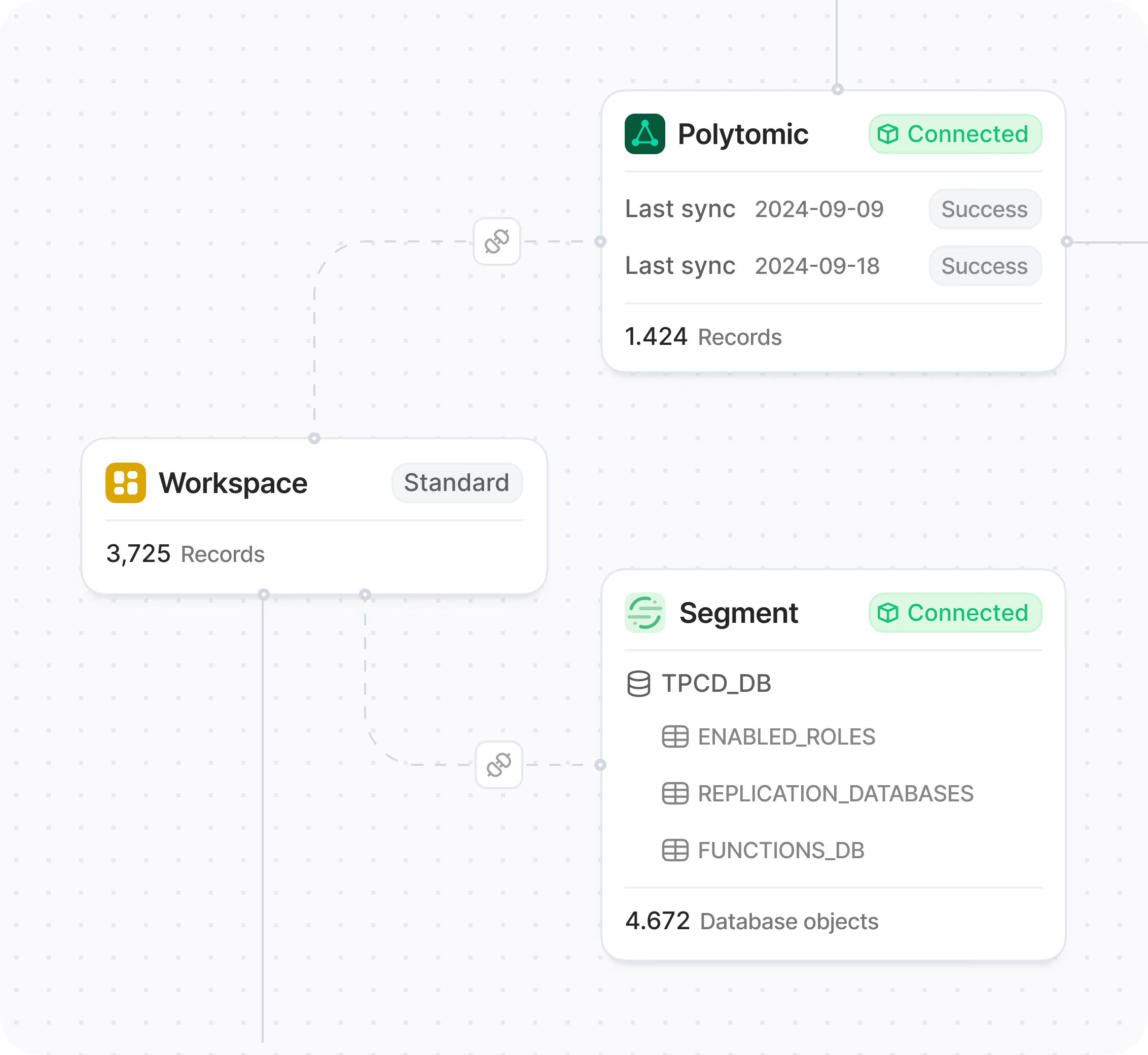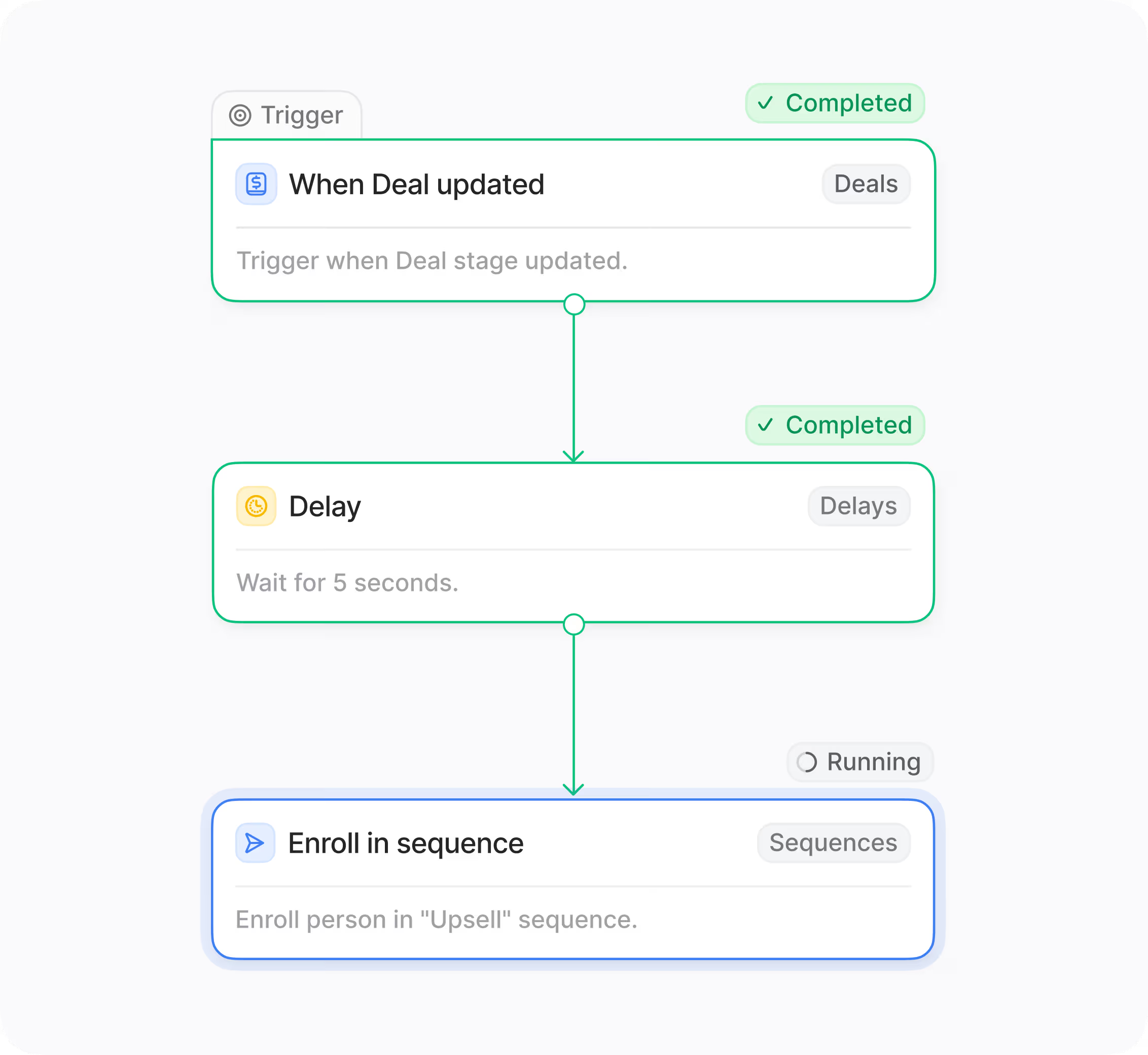How do Cloud Data Integrations improve business intelligence and data science?
Cloud Data Integrations allow you to send governed, analytics-ready data sets directly from Hoop's CRM to your cloud warehouse. This capability is essential for data analysts and data scientists who need reliable, fresh data for building accurate BI reports and predictive models. By unifying your operational CRM data with warehouse resources, you eliminate manual data preparation and ensure everyone works from a single source of truth.
This improves data quality and accessibility, resulting in faster insights and better strategic decisions. You power advanced analytics with confidence, knowing the data is consistent and complete.
What are the key benefits of using Hoop for data sharing?
Using Hoop for data sharing provides three major benefits centered around data trust and efficiency. First, it ensures data quality through standardized schemas and de-duplication. Second, it uses incremental updates for near-real-time dashboards, keeping pipelines efficient. Finally, it allows you to activate insights discovered in the warehouse back into operational CRM tools.
These features help your teams connect modeling with execution seamlessly. Key benefits include:
- Consistent schemas and documented fields.
- Deduped records and standardized IDs.
- Historical snapshots for trend analysis.
What steps are needed to set up Cloud Data Integrations and see value quickly?
Setting up Cloud Data Integrations with Hoop is straightforward and designed for rapid time to value. Initially, you connect Hoop to your cloud data warehouse using secure credentials. Next, you define the curated objects and events you want to synchronize, leveraging Hoop’s governance features.
Value is realized almost immediately as data begins flowing through the incremental syncs, providing near-real-time freshness for reports. You can quickly enable your BI and data science teams with trusted data sets without extensive custom coding. This immediate availability allows you to start building reliable dashboards and models within days, not weeks.
Which pricing plans include access to Cloud Data Integrations?
Cloud Data Integrations are available across multiple service tiers to support businesses of various sizes and complexity. This feature is included in the core, pro, and enterprise pricing plans. The specific features, scale, and level of customization often scale with the plan you choose.
Customers on core plans receive essential integration capabilities for core objects. The pro and enterprise plans offer advanced functionality such as support for multiple regions, additional control over selective tables, and increased data volume limits. This tiered approach ensures the feature meets your growing analytical needs as your organization scales.
How does Hoop ensure data governance and control for integrations?
Hoop builds governance directly into the integration process, ensuring data is shared securely and responsibly. This is critical for maintaining compliance and trust in your data pipeline. The feature provides layered controls that define who can access and utilize specific data sets once they reach the warehouse.
Governance is managed through several key mechanisms:
- Access control: Limit who can publish and consume data sets within your organization.
- Observability: Monitor freshness, failures, and drift to ensure ongoing data quality.
- Change management: Version schemas to handle updates gracefully and communicate impacts.
This comprehensive approach protects sensitive information while ensuring analysts have the necessary data.
Can I send insights and model outputs back into the CRM using this feature?
Yes, you can absolutely close the loop between your data warehouse and your operational CRM systems. This powerful capability allows you to activate the insights generated by your BI tools and machine learning models back within Hoop. Instead of relying on manual CSV uploads, you automate the flow of enriched data.
You can push model outputs, such as predictive scores, customer segments, or propensity lists, directly back into the CRM. These outputs then power vital functions like targeted marketing campaigns, automated sales routing, and service prioritization, making your CRM execution data-driven.
Does this integration replace our existing extract, transform, load pipelines?
Hoop's Cloud Data Integrations significantly reduce the need for custom ETL pipelines, especially for synchronizing core objects between your CRM and warehouse. It provides a managed, reliable stream for this essential data, decreasing maintenance overhead and potential failures associated with bespoke scripts.
However, it does not entirely eliminate ETL for all scenarios. For highly complex data transformations or joins involving sources outside of Hoop and your primary CRM objects, traditional ETL processes may still be necessary. The integration is designed to offload the core operational data synchronization, allowing your ETL focus to shift to advanced modeling tasks.



.avif)




